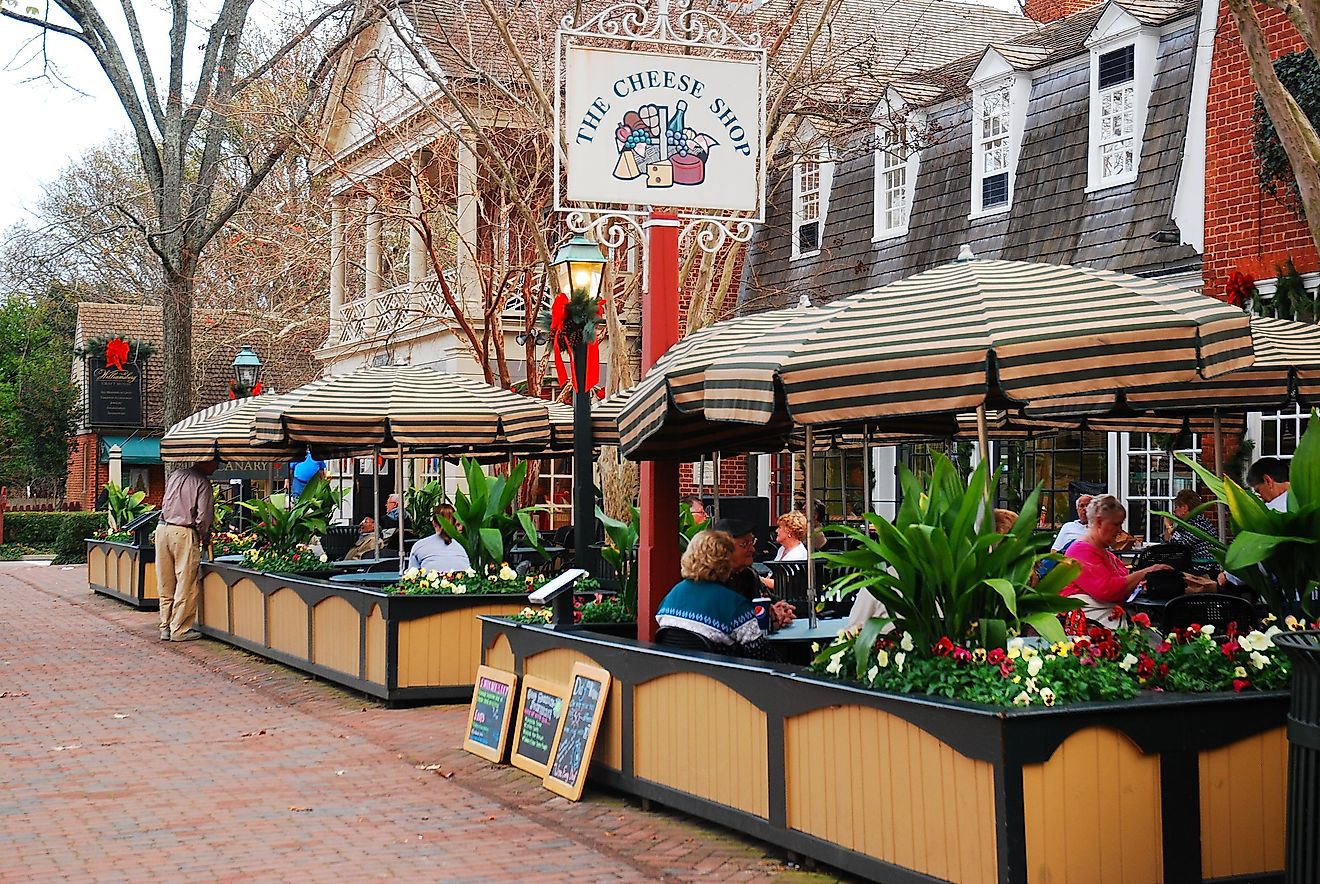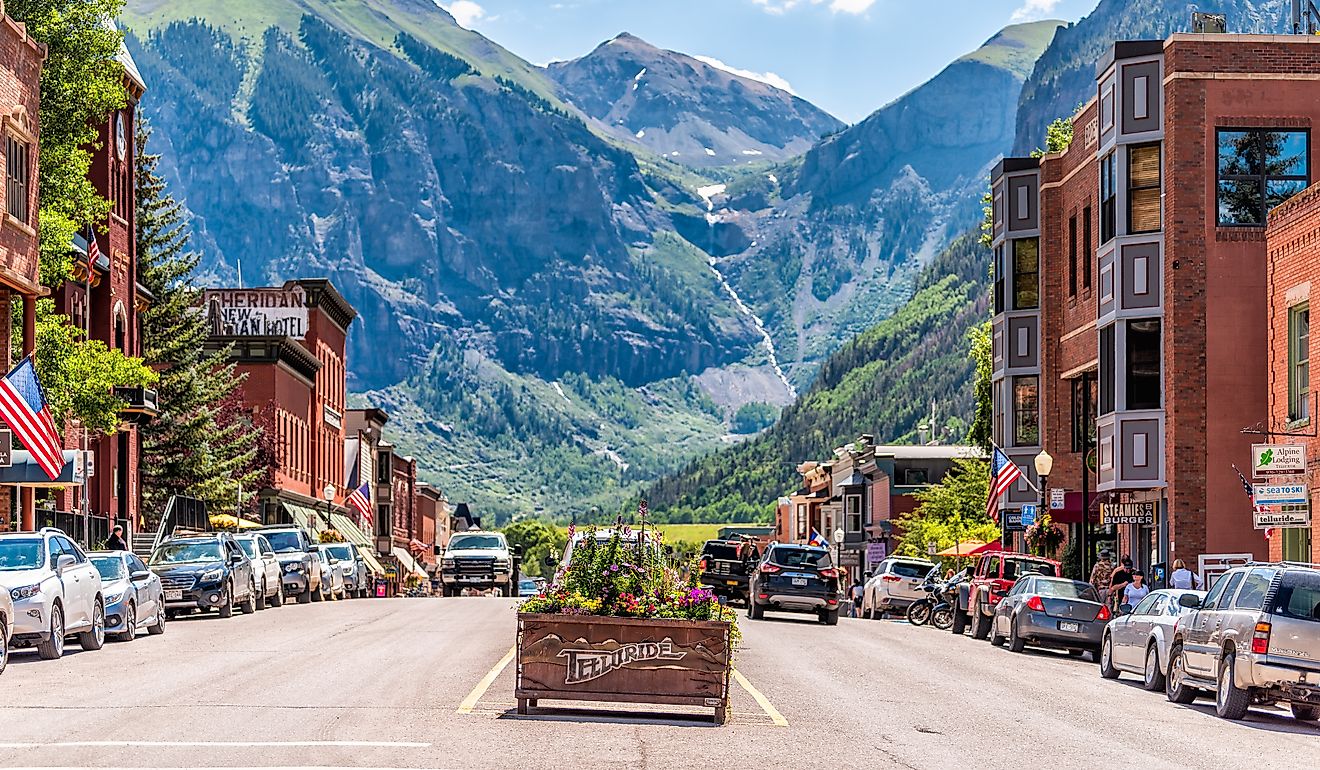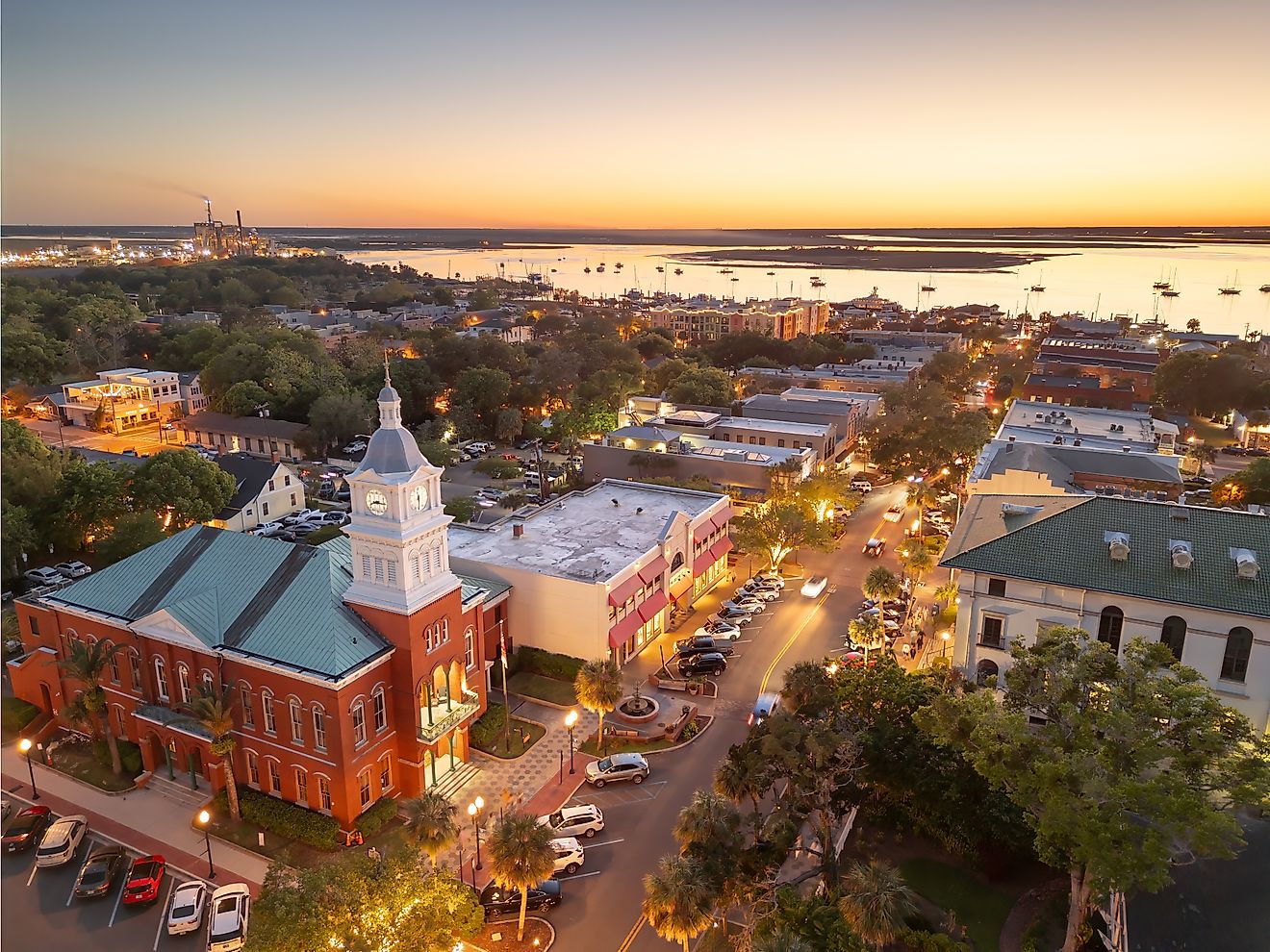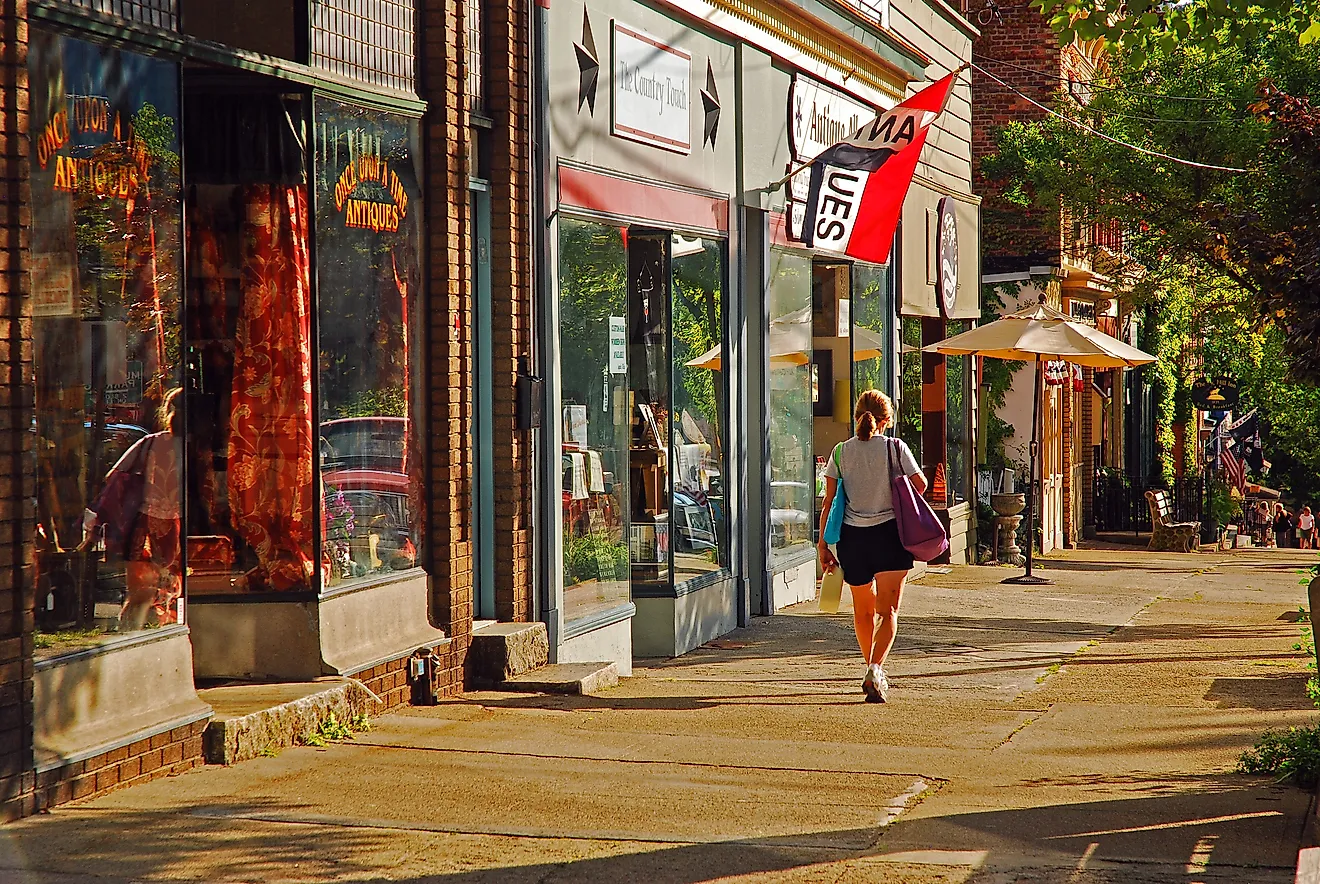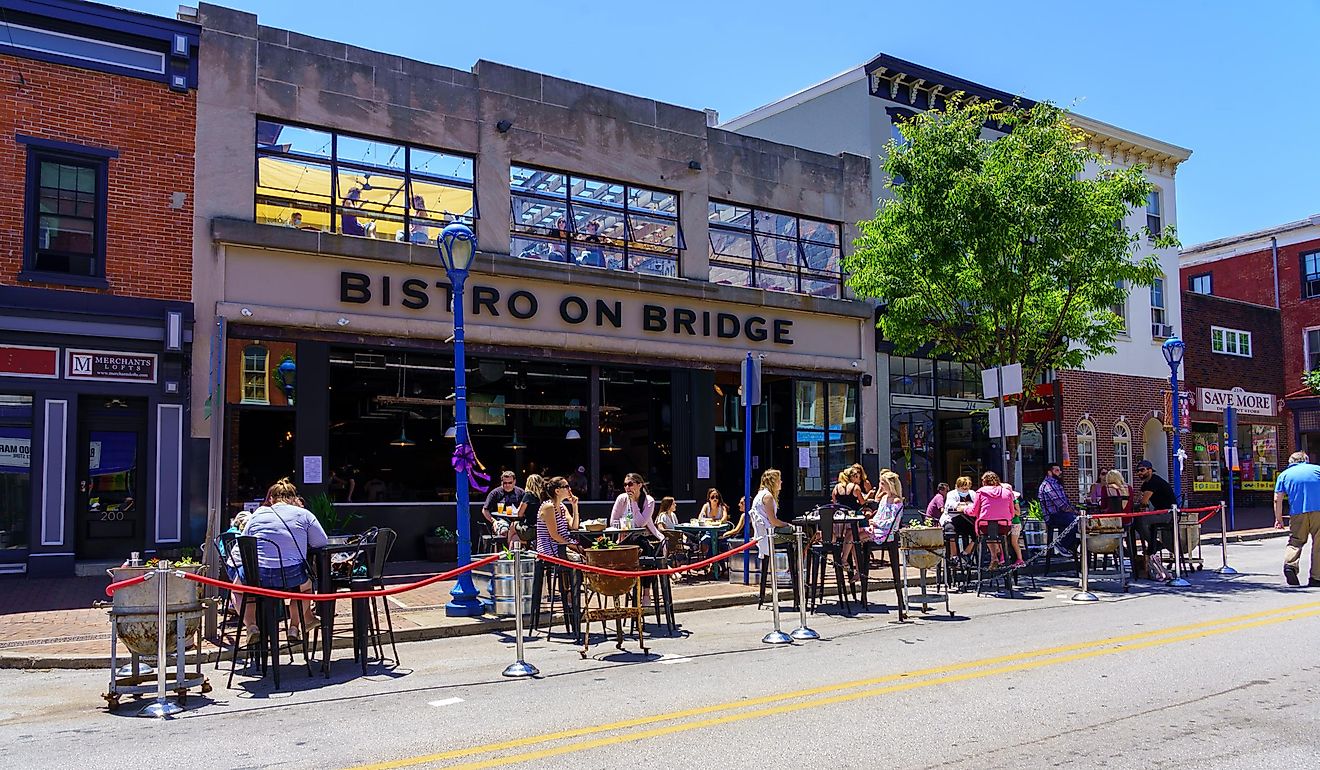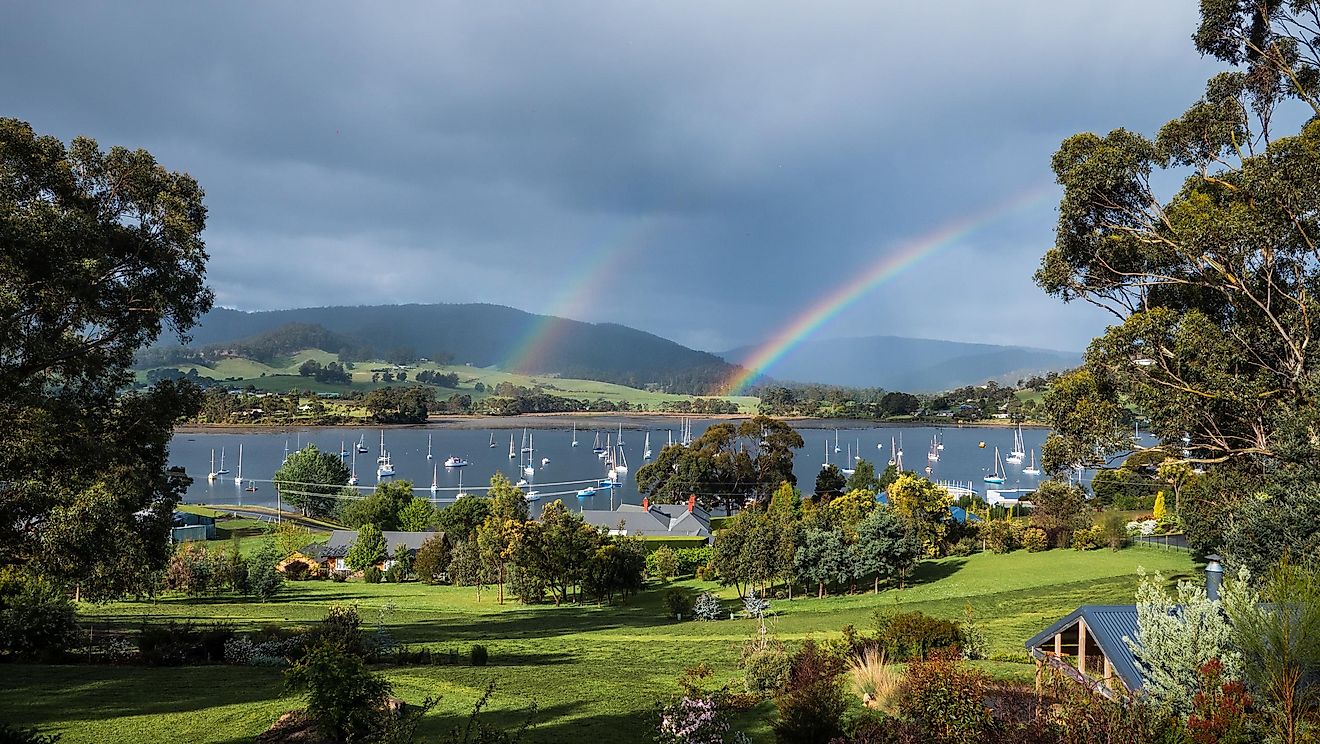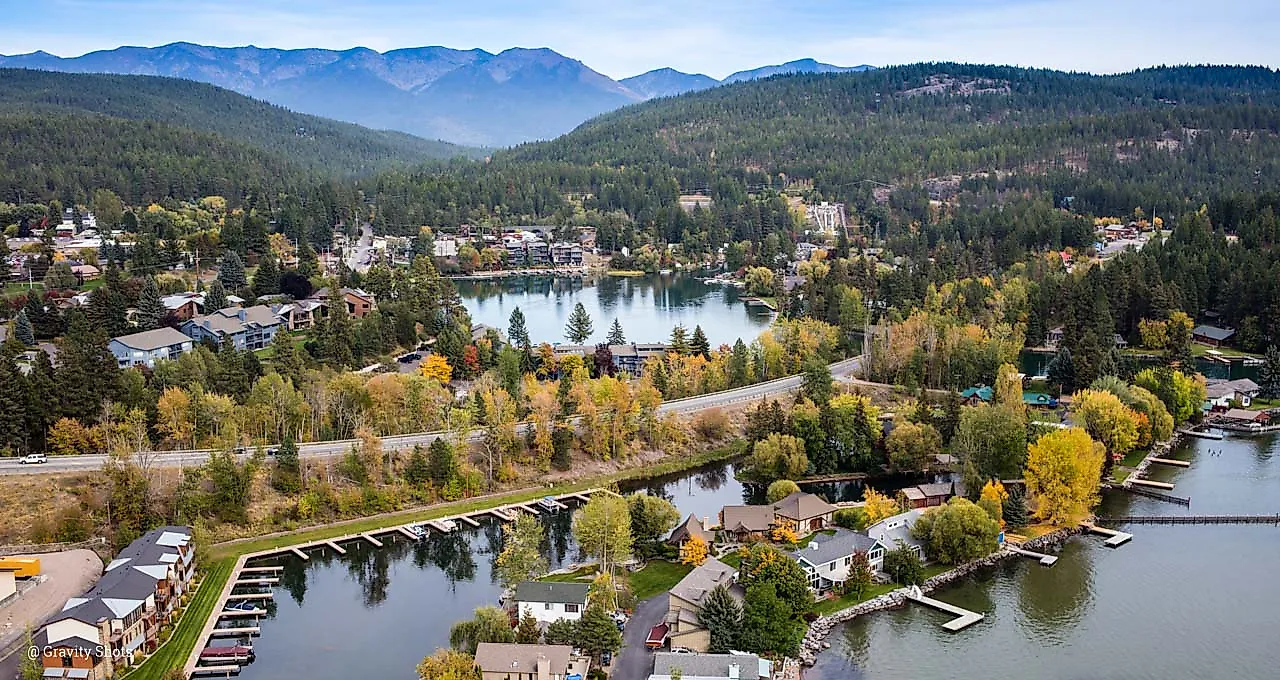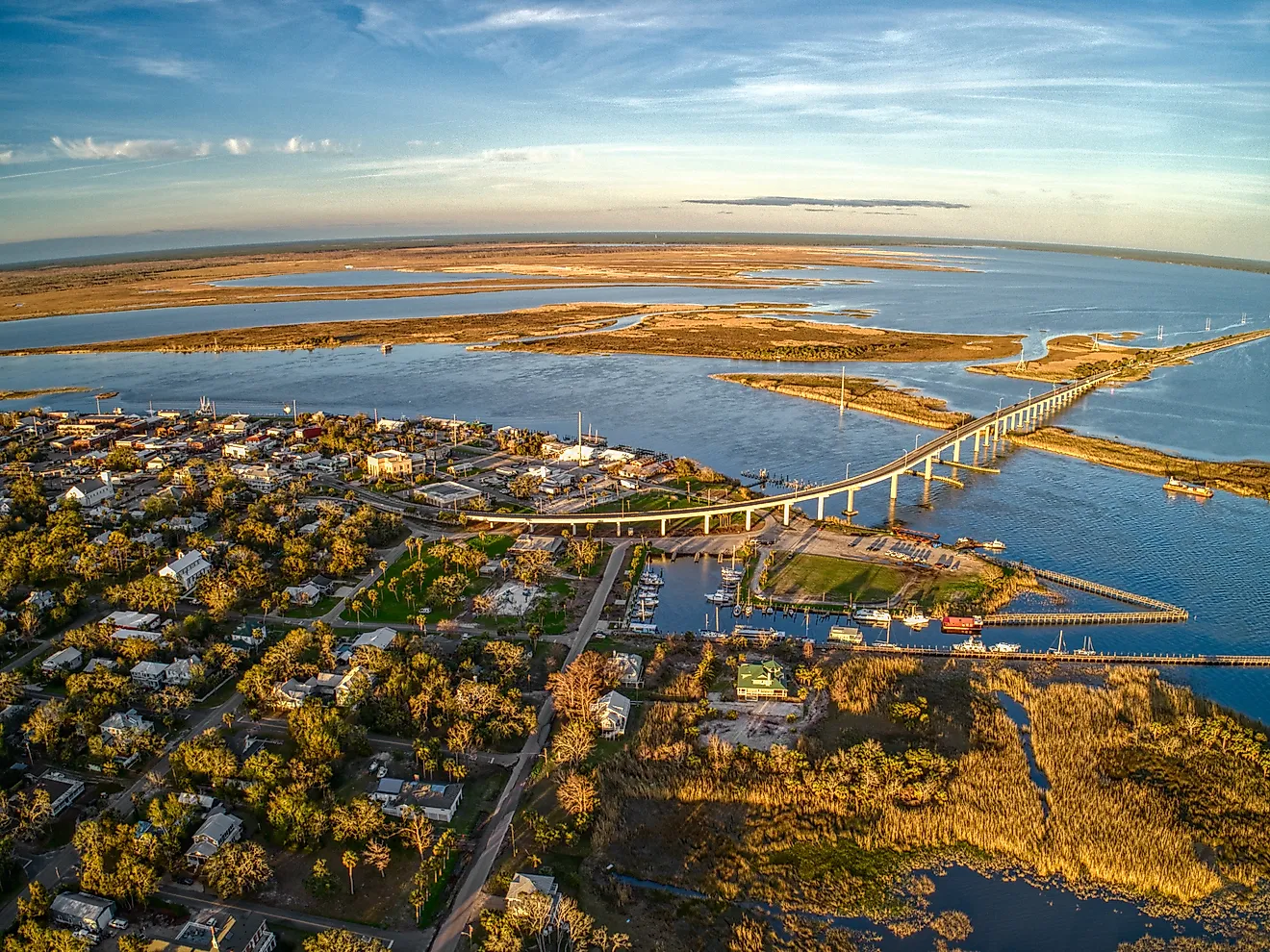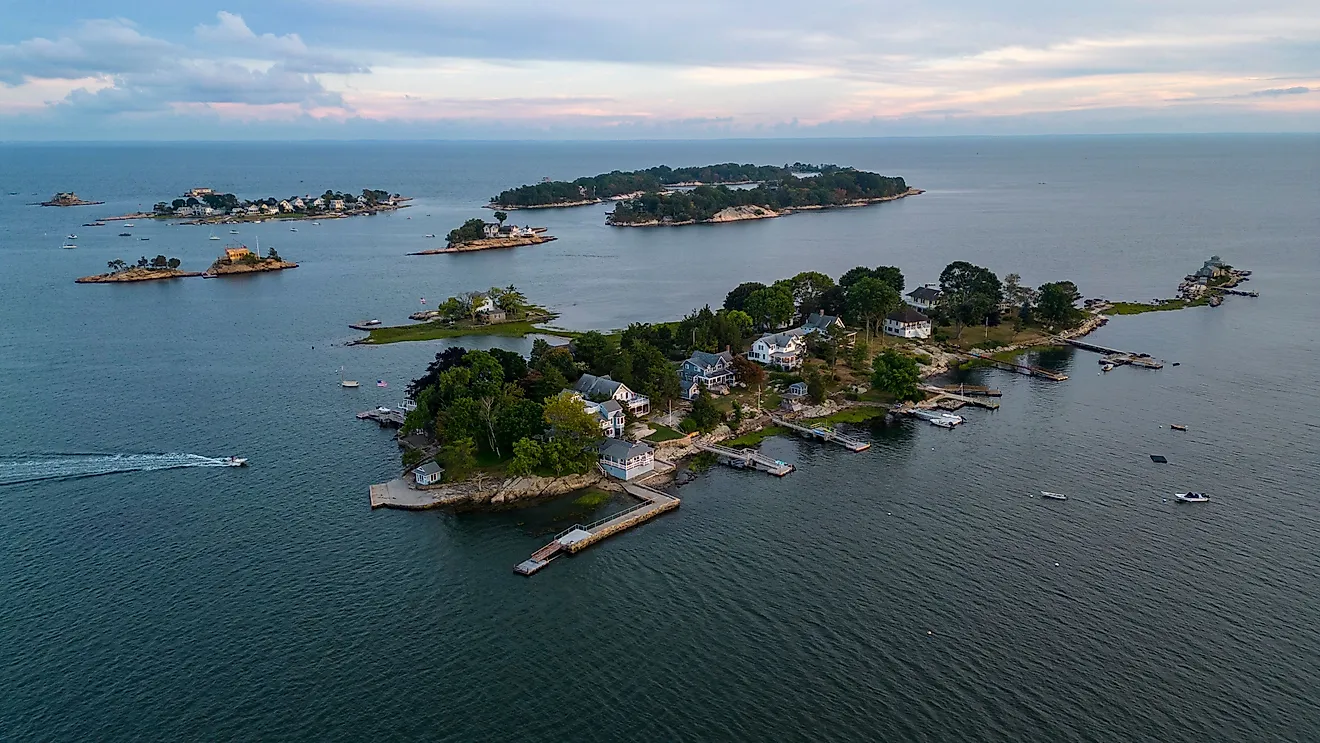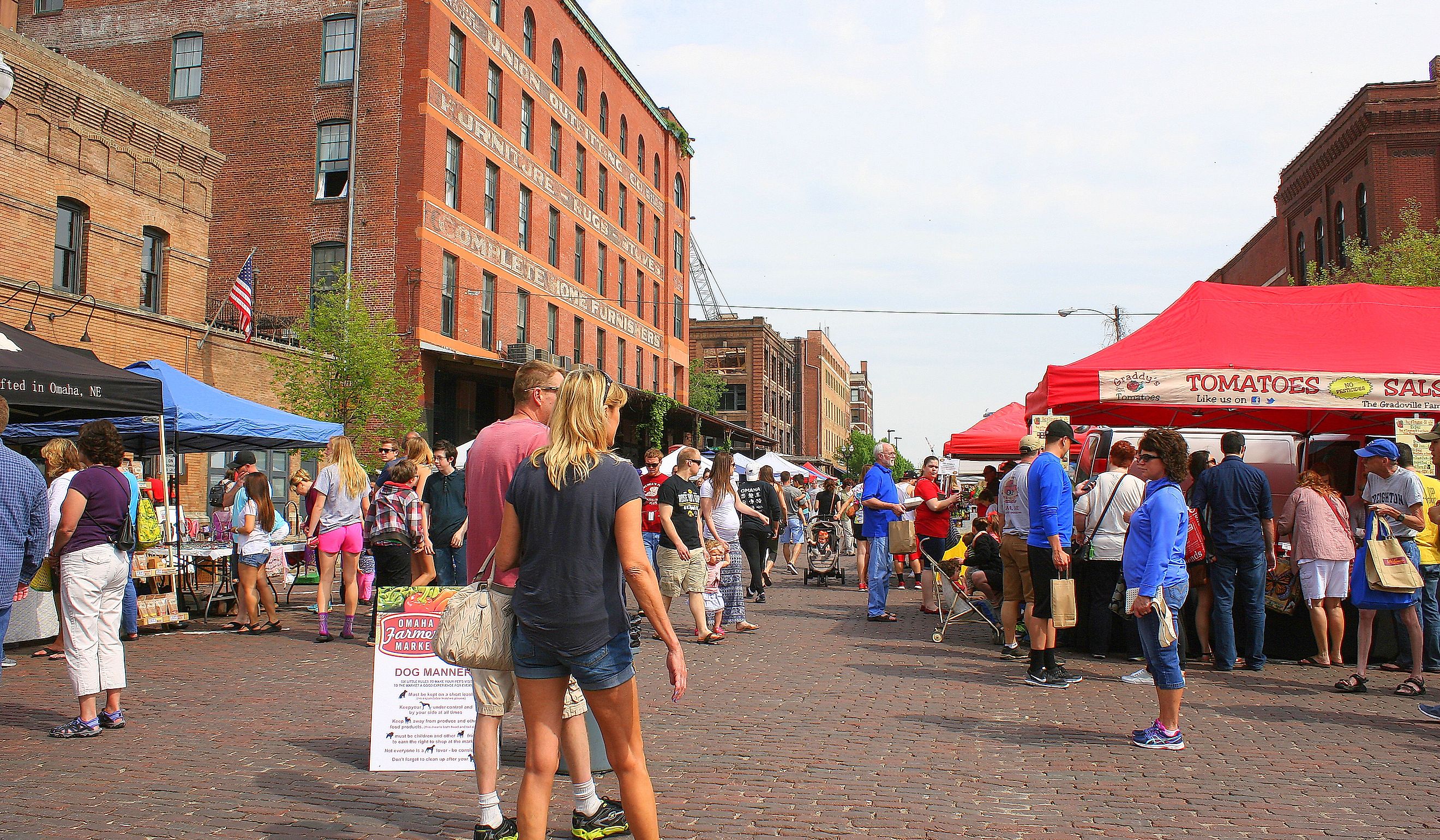
The 7 Best Omaha Neighborhoods To Call Home In 2025
Omaha, Nebraska, is a city where the Midwest meets modern living, offering a blend of rich history, local charm, and vibrant communities. Whether you're drawn to tree-lined streets, bustling districts, or quiet corners with character, Omaha has something for everyone. With its welcoming spirit and strong local pride, this guide showcases the top seven neighborhoods in Omaha, perfect for those looking to call the "Heartland" home in 2025.
Little Bohemia

Little Bohemia, located just south of downtown Omaha, offers a blend of historic charm and modern urban life. Once the center of Omaha's Czech immigrant community, this neighborhood still reflects its cultural roots through its architecture and local businesses. Red-brick buildings line the streets, housing everything from family-owned establishments to trendy boutiques.
The area’s dining scene showcases its diverse heritage, with restaurants offering traditional Czech cuisine and modern American fare. Popular spots like Tiny House Bar and The Platypus offer unique experiences, while local breweries such as Lumen Brewing contribute to the neighborhood's lively atmosphere. For those seeking entertainment, Beercade 2 combines arcade games with craft beer, reflecting Little Bohemia’s blend of nostalgia and modernity.
Residential options in Little Bohemia have grown in recent years, with new developments like the Boho Flats, a 59-unit mixed-use apartment complex, set to open in 2025. This development aims to provide contemporary living spaces while maintaining the neighborhood’s walkable and vibrant character. The Little Bohemia Business Improvement District (BID) continues to focus on enhancing public spaces with improved landscaping and lighting, making the area more welcoming for residents and visitors alike.
Little Bohemia in 2025 is a neighborhood that honors its Czech heritage while embracing the growth and energy of a modern urban community. It remains one of Omaha’s most dynamic and culturally rich areas.
The Old Market
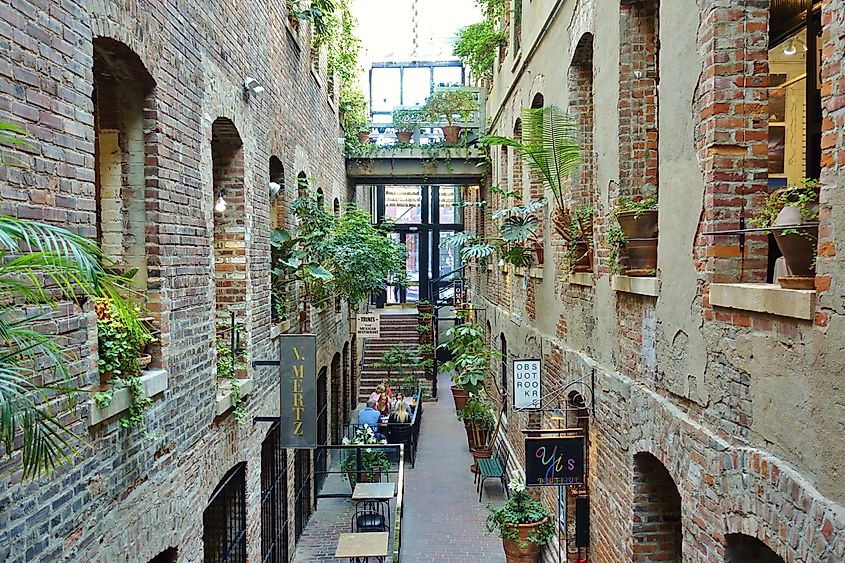
The Old Market, one of Omaha's most iconic neighborhoods, is known for its blend of historic charm and modern appeal. Located in the heart of downtown, the district is home to cobblestone streets, restored brick buildings, and a vibrant mix of restaurants, galleries, and shops. The neighborhood retains much of its 19th-century architecture, creating a distinctive atmosphere that draws both locals and visitors.
The Old Market is a food lover’s destination, offering everything from upscale dining to casual eateries. Local favorites such as Omaha’s Old Market Popcorn Shop provide a taste of the neighborhood’s unique character. The district is also home to several breweries, including the Old Market’s Brickway Brewery, which provides craft beers in a relaxed, welcoming setting.
In recent years, the Old Market has seen continued revitalization, with new mixed-use developments attracting young professionals and families. The neighborhood’s blend of residential options, including loft apartments and townhouses, complements its thriving commercial landscape. The area remains walkable, with easy access to public transportation and an abundance of entertainment options.
In 2025, the Old Market continues to be a lively cultural hub, balancing its rich history with a forward-thinking, dynamic atmosphere. It offers an ideal living space for those looking to be at the center of Omaha's growth while enjoying the charm of its past.
Field Club

Field Club, located just southwest of downtown Omaha, is a historic neighborhood known for its tree-lined streets, spacious homes, and a strong sense of community. Originally developed in the early 20th century, the area features a mix of architectural styles, from classic Craftsman homes to mid-century modern designs. Its central location offers residents easy access to both the city’s amenities and peaceful residential surroundings.
One of the defining features of Field Club is its proximity to the Field Club of Omaha, a prestigious private golf course that has been a staple of the area since 1902. The neighborhood’s charm is further enhanced by several parks, including the large, green space of Field Club Park, which provides ample room for outdoor activities, picnics, and family gatherings.
Field Club’s residential market in 2025 continues to appeal to families and professionals seeking a more suburban feel without sacrificing urban convenience. Homes in the area typically offer larger lot sizes, and the neighborhood maintains a quiet, suburban atmosphere while still being just minutes away from downtown Omaha’s shops, restaurants, and cultural attractions.
With a growing sense of community involvement and local development, Field Club remains one of Omaha’s most desirable neighborhoods. Its combination of historic appeal, modern amenities, and access to green space makes it a prime location for those looking for a balanced and comfortable lifestyle.
Benson
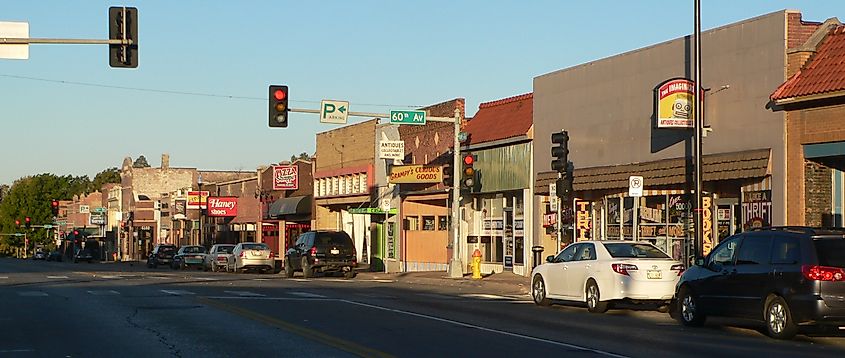
Benson, located to the northwest of downtown Omaha, has evolved from a former working-class district into one of the city’s most eclectic and vibrant neighborhoods. Known for its artistic energy and diverse community, Benson has become a hub for local culture, independent businesses, and creative expression.
The neighborhood’s main thoroughfare, Benson’s historic 61st Street, is lined with a mix of vintage storefronts, trendy cafes, craft breweries, and music venues. Local businesses such as the Benson Brewery and The Sydney offer craft beer and locally sourced food, while venues like The Waiting Room Lounge provide a space for live music and community events. The area’s arts scene is also prominent, with galleries and performance spaces showcasing Omaha’s thriving creative community.
Benson’s residential options range from charming early 20th-century homes to modern townhouses, making it appealing to a wide range of residents. The neighborhood has seen significant development in recent years, attracting younger professionals and families who value its vibrant atmosphere and proximity to downtown Omaha.
In 2025, Benson continues to draw those seeking a lively and inclusive environment. With its walkable streets, growing arts and entertainment scene, and community-focused events, Benson remains one of Omaha’s most exciting and dynamic neighborhoods. It balances a rich history with a forward-looking, youthful energy, offering something for everyone.
Morton Meadows
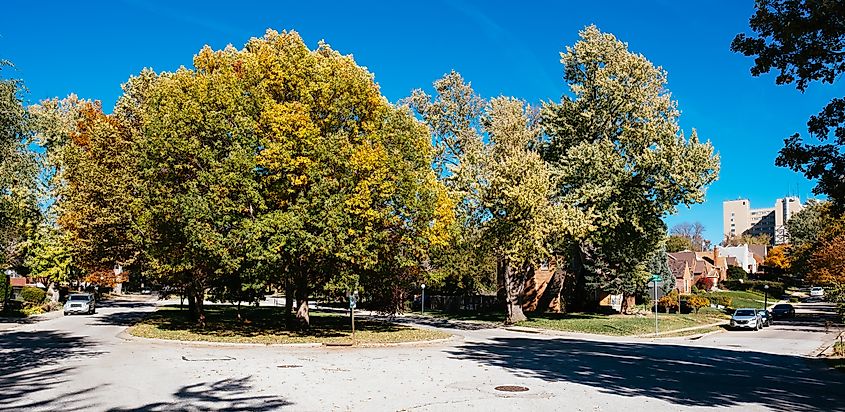
Morton Meadows, located just south of downtown Omaha, is a quiet and well-established neighborhood known for its charming early-20th-century homes and strong sense of community. The area features tree-lined streets, manicured lawns, and a mix of architectural styles, including Craftsman, Colonial Revival, and Tudor homes. This variety of architecture, combined with the neighborhood's welcoming atmosphere, creates a unique and inviting environment for residents.
The neighborhood is primarily residential, offering a peaceful retreat from the hustle and bustle of downtown while remaining close enough to enjoy city amenities. Morton Meadows Park, a central green space in the area, provides a place for outdoor activities such as walking, picnicking, and sports. The park’s open areas and playgrounds are popular with families, further enhancing the family-friendly character of the neighborhood.
In 2025, Morton Meadows continues to appeal to individuals and families seeking a stable, well-maintained environment. The area is known for its strong community involvement, with local events and neighborhood associations fostering a sense of connection among residents. Additionally, the neighborhood's proximity to schools, shopping centers, and public transportation makes it a convenient and desirable location for those looking for easy access to Omaha’s urban core.
With its historical appeal, peaceful atmosphere, and well-connected location, Morton Meadows remains one of Omaha’s most attractive and sought-after neighborhoods.
Bemis Park
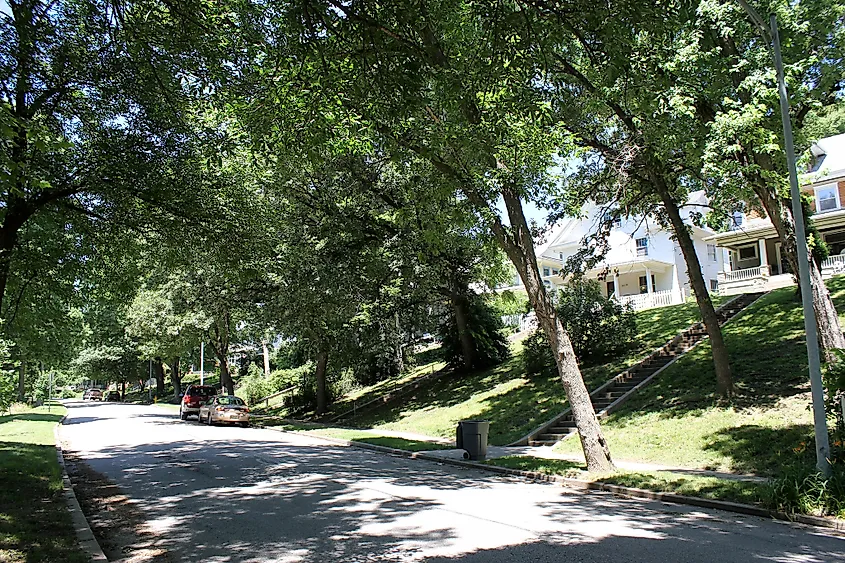
Bemis Park, located in North Omaha, is a historic neighborhood known for its distinctive architecture and strong sense of community. Established in the late 19th century and designated as an Omaha Landmark in 1983, the Bemis Park Landmark Heritage District encompasses a range of architectural styles, including Queen Anne, Colonial Revival, and Tudor, reflecting the neighborhood's affluent past.
The neighborhood's central feature is Bemis Park itself, a green space offering walking paths, tennis and pickleball courts, and recreational areas for residents. In 2025, the Bemis Park Neighborhood Association secured a $5,000 Omaha Neighborhood Grant to renovate these courts, enhancing the park's appeal and functionality.
Residential properties in Bemis Park typically feature larger lots and historic homes, attracting families and professionals seeking a blend of historic charm and modern amenities. As of early 2025, the average home value in Bemis Park is approximately $219,479, reflecting a 1.9% increase over the past year.
Community engagement remains a cornerstone of Bemis Park, with regular events organized by the Bemis Park Neighborhood Association, including clean-up initiatives and social gatherings. These activities foster a strong neighborhood identity and encourage resident involvement.
In 2025, Bemis Park continues to be a desirable neighborhood, offering a unique combination of historic architecture, green spaces, and a committed community, making it a standout choice for those seeking a vibrant and welcoming environment in Omaha.
Country Club
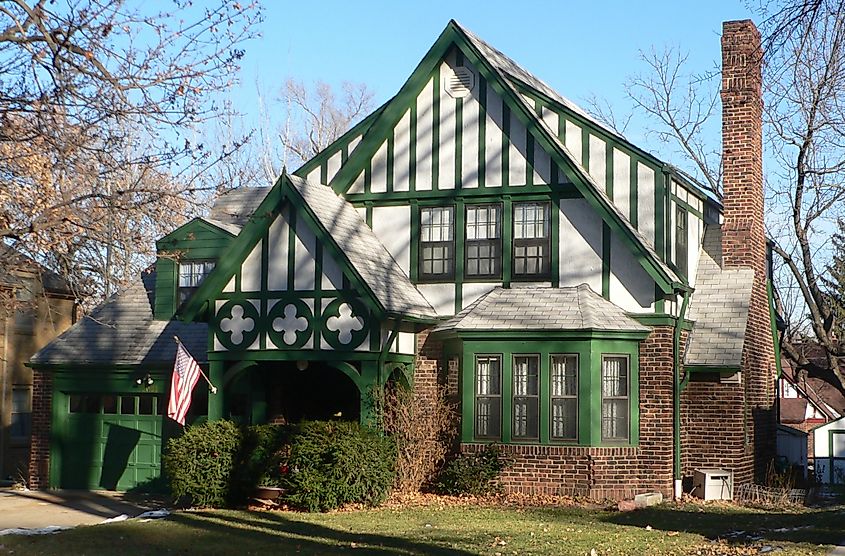
Country Club, nestled in north-central Omaha, is a historic neighborhood renowned for its early 20th-century architecture and strong sense of community. Established in the 1920s, the area features approximately 325 homes, predominantly built between 1927 and 1949. The neighborhood is characterized by its brick and stucco Tudor Revival homes, complete with leaded glass windows, arched doorways, and multi-gabled rooflines. These architectural elements contribute to the neighborhood's designation as a U.S. National Register of Historic Places district.
The Country Club Historic District is defined by its tree-lined streets and ornamental cast-iron streetlights, creating a picturesque and serene environment. The neighborhood's layout, with winding roads and rolling hills, enhances its charm and appeal. Residents enjoy a tranquil setting while remaining close to the amenities of downtown Omaha.
Community engagement is a cornerstone of life in Country Club. The Country Club Historic District Neighborhood Association organizes annual events such as the luminary lighting in December and a popular Halloween celebration, drawing hundreds of visitors each year. These events foster a strong sense of belonging among residents and contribute to the neighborhood's vibrant atmosphere.
In 2025, Country Club continues to be a desirable neighborhood, offering a blend of historic charm, architectural beauty, and community spirit. Its proximity to downtown Omaha and the quality of life it offers make it a sought-after location for those seeking a timeless and elegant living environment.
Omaha’s neighborhoods truly capture the essence of Nebraska: welcoming, unique, and full of charm. From historic districts to lively hubs, each area offers its slice of the good life. Whether you're drawn to vibrant arts scenes or peaceful streets, Omaha’s neighborhoods provide the perfect balance of community and convenience. As you explore these top spots, you’ll find that the heart of the Midwest is ready to welcome you home.
